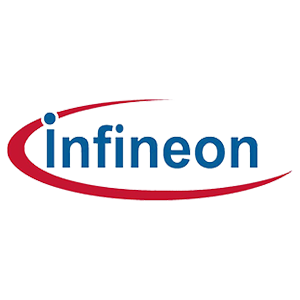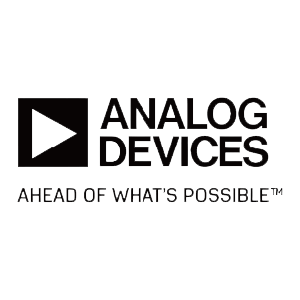What is a connector?
Connectors enable contact between wires, cables, printed circuit boards, and electronic components. They usually consist of two main parts: a plug (or plug assembly) and a socket (or socket assembly). The plug is inserted into the socket to complete the electrical connection while ensuring the transmission of signals and power. The design of the connector needs to meet specific technical requirements, such as electrical performance, mechanical strength, and environmental adaptability.
Type:
Micro Connectors: refer to electronic connectors that are very small in size and are designed to make electrical connections in a compact space. These connectors are often used in applications that need to save space and have high performance requirements, such as smartphones, laptops, medical devices, and other portable electronic devices.
Features: Small size: Micro connectors are designed to be very compact and can adapt to applications with limited space.
High density: They often allow multiple connection points in a small space, supporting high-density layouts.
High performance: Despite their small size, micro connectors still need to provide stable electrical performance, including high data transfer rates and reliable power supply.
Precision manufacturing: High-precision manufacturing processes are required to ensure reliability and durability at small sizes.

I/O Connector: is an electrical connector that provides high-speed data transmission through secure electrical contact between frequent insertion/removal cables and its applications.
1.USB Connector (Universal Serial Bus)
USB Type-A: Standard USB connector, widely used for computer and peripheral connections.
USB Type-B: Commonly used for printer and scanner connections.
USB Micro-B: Used for portable devices such as smartphones and small electronic devices.
USB Type-C: The latest USB standard, supporting higher data transfer rates and bidirectional power supply.
- HDMI Connector (High-Definition Multimedia Interface)
Standard HDMI: Used for high-definition video and audio transmission, widely used in TVs, computer monitors and game consoles.
Mini HDMI: A smaller HDMI connector suitable for portable devices such as tablets.
Micro HDMI: A smaller HDMI connector, commonly found in mobile phones and small electronic devices.
- RJ45 Connector
Ethernet Connector: Used for computer network and local area network (LAN) connections, supporting network data transmission.
- DisplayPort Connector
DisplayPort: Used to connect to monitors, supports high-resolution video and audio transmission, and is commonly used in computers and professional display devices.
- Audio Connectors
- 3.5mm headphone jack: used for audio output and input, widely used in audio devices and smartphones.
- RCA connector: used for analog audio and video signal transmission, commonly found in home audio systems and TVs.
- Serial and Parallel Connectors
- RS-232 connector: used for serial communication, widely used for communication between computers and external devices.
- IEEE 1284 connector: used for parallel communication, commonly found in the connection between older printers and computers.
- SATA Connectors
- SATA data connector: used to connect computer hard drives and optical drives, supporting high-speed data transfer.
- SATA power connector: provides power to hard drives and optical drives.
- M.2 Connectors
M.2: used for solid-state drives (SSDs) and other expansion cards, supporting high-speed data transfer and compact design.
- Thunderbolt Connectors
- Thunderbolt 3: combines the USB-C interface to support high-speed data transfer, video output, and power supply.

Connectors for Flexible Circuits & PCBs: Specialized connectors for connecting flexible circuit boards (FPC) and printed circuit boards (PCB). These connectors are designed to meet the requirements of modern electronic devices for space utilization and mechanical flexibility, ensuring reliable electrical connections.
FPC Connectors (Flexible Printed Circuit Connectors)
Purpose: Used to connect flexible printed circuit boards (FPCs), which can be bent and curled to adapt to complex spatial layouts.
Features: Supports high-density connections and is suitable for space-constrained applications such as smartphones and wearable devices.
Form: Usually uses a planar connection with a variety of contact methods (such as clamping, welding).
FFC Connectors (Flat Flexible Cable Connectors)
Purpose: Used to connect flat flexible cables (FFCs), which are flexible and flat, suitable for connections inside devices.
Features: Simplifies multi-line connections, supports quick plugging and unplugging, and is widely used in laptops, printers and other devices.

Buy:
Agency Brand: Nicomatic
Nicomatic has 40 years of industry experience and prides itself on high-quality products with short lead times. They offer high-performance micro connectors such as CMM, EMM, AMM and DMM micro connectors. With their innovative and specialized product portfolio, they specialize in customs business. Their markets include transportation, telecommunications, medical, space and defense.

View all NICOMATIC products:emi-ic.com
NICOMATIC website:www.nicomatic.com
























